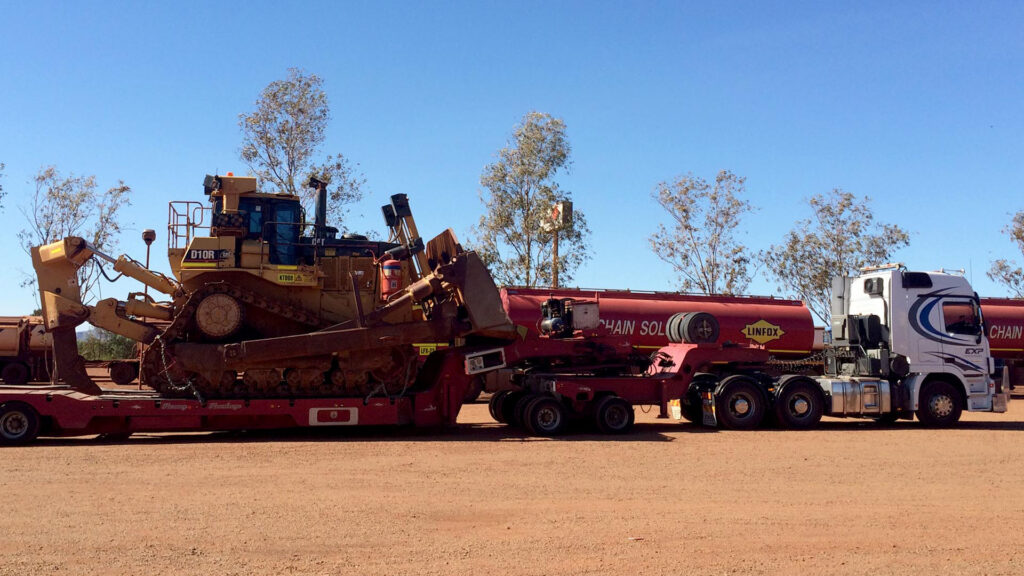The following article descibes how a Turbo Retarder Clutch works. The skilful art of getting a heavy load to start moving without damaging the truck’s driveline is a skill often developed only after many years behind the steering wheel. But thankfully, the Mercedes-Benz Turbo Retarder Clutch now takes the guesswork out of heavy haulage lift-offs, as Howard Shanks discovered.
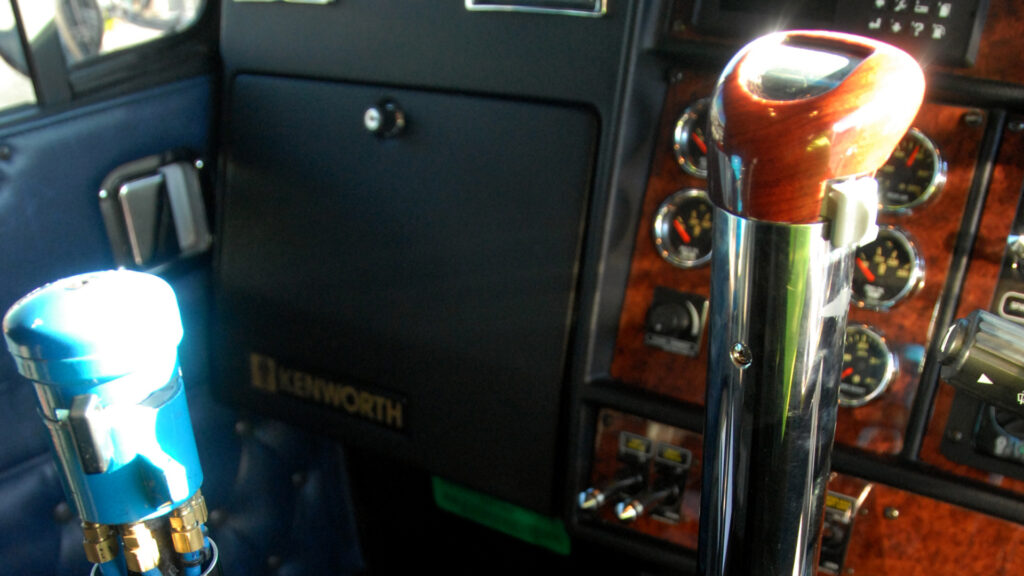
Not so long back Heavy Haulage drivers often required two gear sticks to get enough startability to move a heavy load.
Engineers use the term ‘startability’ to describe the effort required to get a loaded truck to move. Not so long back, if you were to stick your head into a seriously specked heavy haulage truck built a decade or so back, you’d expect to see at least two gear sticks. Traditionally one stick was used for shifts in the main gearbox and the second stick shifted gears in the auxiliary transmission. The addition of an auxiliary transmission greatly aided the startability of a heavily loaded truck.
My engineering textbook describes startability as the ability of a fully loaded truck to launch itself on a grade by letting out the clutch and idling into motion. The engine’s torque should be sufficient enough to move the combination forward without any additional throttle.
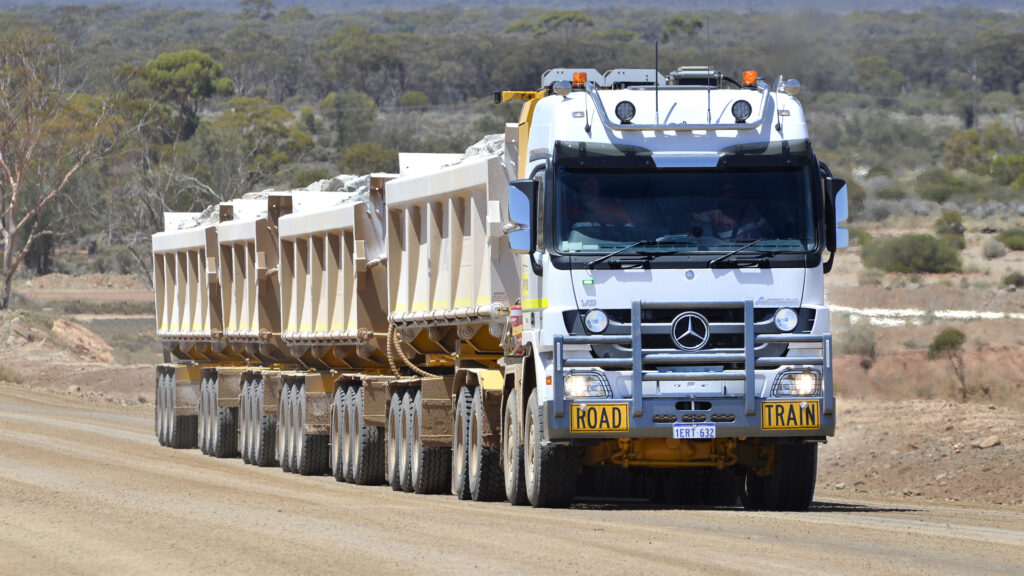
Turbo Clutch Retarder used in heavy haulage and mining applications.
The most significant impacting factor on startability is the rear axle ratio. For instance, a much slower final drive ratio (deeper gearing) is a prerequisite to move the load initially. However, the trade-off is top speed. So, truck engineers are always trying to balance this, or they use an auxiliary transmission to provide a broader range of gearing. But there comes the point in some applications where the auxiliary is an absolute must.
Back when I studied engineering, the minimum startability standard for an On-Highway truck was 16 per cent. However, for vocational applications such as construction or logging, 25 per cent startability was generally required. Additionally, in a cement mixer application, operators often preferred 30 per cent.
In its simplest form, startability measures meters of rise per 100 meters. So, if the road rises one meter every 100 meters, the rise is one per cent. Therefore, when fully loaded, the average highway truck with a 16 per cent startability factor should be able to launch itself on a 16 per cent grade.
Today, PBS vehicle standards include a standard that manages the safety risks associated with starting on grades by ensuring that PBS vehicles have satisfactory starting capability on grades.

Heavy Haulage applications benifit with Turbo Retarder Clutch operation.
However, there are also driveline losses to consider. For example, take a Mercedes-Benz OM473 engine rated at 580 hp (425kW), which may deliver 580 hp at the flywheel. Traditionally there are some small parasitic power losses, such as driving the air compressor, air-conditioner, alternator and fan, but typically, up to 15 per cent of the engine power is lost in the driveline, between the transmission and the rear axle, depending on the configuration.
“This leaves approximately 493 hp to do the work at the wheels, so if you had calculated that you needed a minimum of 493 hp to maintain the required startability, then a 580 hp truck is what you actually must have to take into account the parasitic losses through the driveline.
Although, properly gearing an engine for the most fuel-efficient cruising speed is something that requires consultation with the engine manufacturer. It’s more complex than we all think it is. For instance, different engine models from the same engine manufacturer require various cruise rpm recommendations to obtain optimum efficiency.
So how do modern-day heavy haulage operators strike a balance between meeting desirable startability and optimum economy?
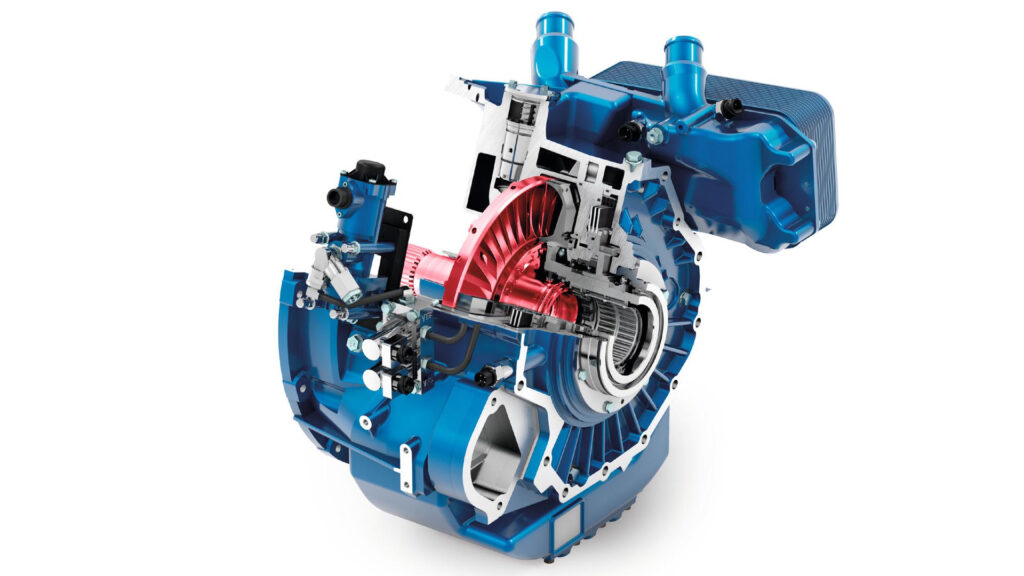
A cutaway of the Turbo Retarder Clutch made by Voith.
Turbo Retarder Clutch Overview
Mercedes-Benz has a gem in their options list, called the Turbo Retarder Clutch from Voith, which is available across several of their heavier-duty truck models. The turbo retarder clutch combines the advantages of hydrodynamics and a mechanical clutch with the automated Mercedes PowerShift 3 transmission to move heavy loads effortlessly.
The low weight (approximately 137kg) and small installation space requirement of the turbo retarder clutch between the bell housing and main transmission eliminate the concept-related disadvantages of traditional heavier converter solutions.
For high gross mass transport operations, the turbo retarder clutch assists with sensitive, wear-free starting delivering input torques of over 3,000 Nm (2,212ftlb) of the entire engine power up to the vehicle traction limit.
Additionally, the retarder operation of the unit allows for precise, controlled braking behaviour through the powerful, wear-free integrated primary retarder. All of these features not just contribute to high driving comfort but also reduce fuel consumption compared with conventional converter solutions.
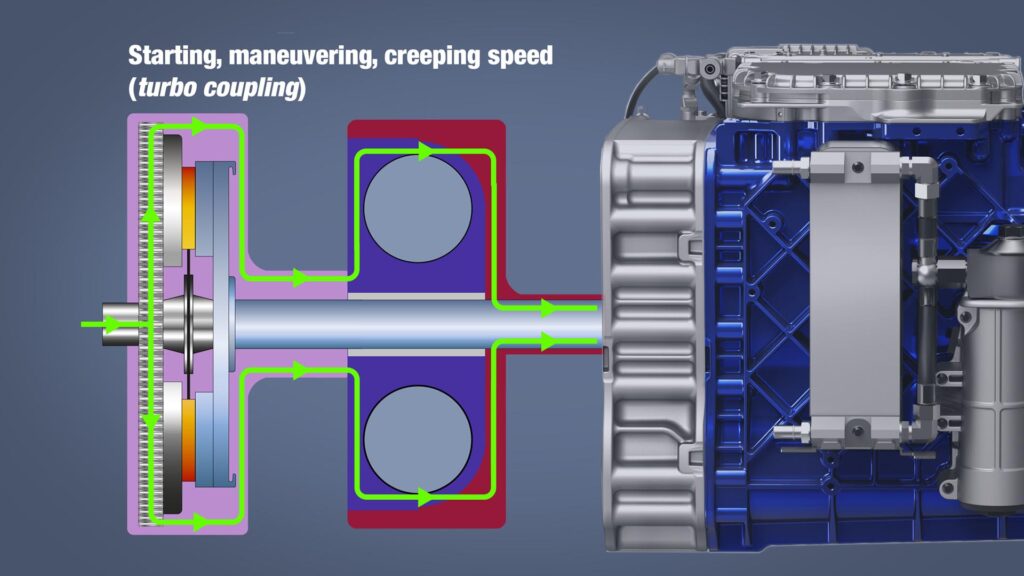
The turbo retarder coupling engaged for starting, manoeuvring and creeping speed.
Turbo Retarder Clutch Operation
When the dry clutch is open, oil is supplied to the turbo retarder clutch by air pressure for wear-free starting. Next, the pump impeller and turbine wheel create the power flow. Finally, power is transmitted via the locked freewheel – past the dry clutch – to the transmission input shaft.
While driving, the dry clutch closes once the drive shaft has approximately reached the speed of the turbine wheel. Then, the turbo retarder clutch is drained in order to permit braking operations. Shifting takes place with Mercedes PowerShift 3 when the dry clutch is closed.
Braking operations occur with a closed, dry clutch, and the turbo retarder clutch is filled with oil. The turbine wheel is fixed by loading the turbine brake with compressed air. This results in the braking action of the pump impeller, drive shaft and engine. Power transmission via the turbo retarder clutch corresponds to the action of a primary retarder.
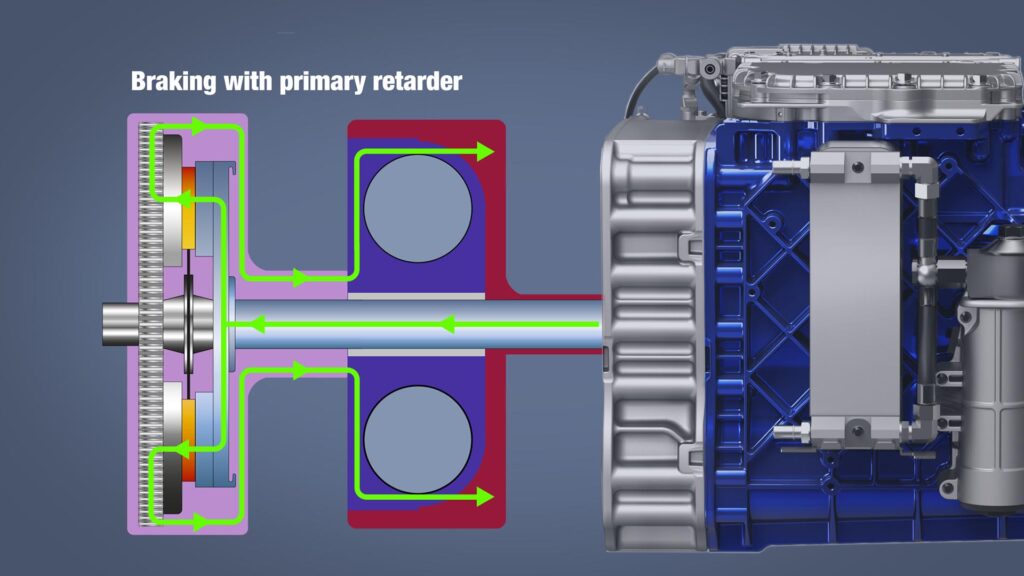
Braking operating with the primary retarder.
Additionally, the turbo retarder clutch offers short-shift operations in combination with the Mercedes PowerShift 3. At the same time, the use of the dry clutch when driving reduces fuel consumption and provides an emergency mode.
Furthermore, the high braking power, even at low driving speeds of up to 3000 Nm braking torque in combination with the engine brake over the entire rpm range, is clearly superior and significantly reduces service break wear.
The turbo retarder clutch has full utilisation of engine power up to the vehicle traction limit, and there is no additional load on the powertrain since there is no increase of the engine’s high torque through the converter. Consequently, this means load-free engine acceleration through the defined engine rpm with torque then maintained at a constant level.
Fuel saving is achieved as the turbo clutch is drained at idle speed, preventing the vehicle from creeping. Additionally, there are minimum losses in mechanical driving operation through the use of the vehicle’s single-plate dry clutch as a lock-up clutch. Consequently, this reduces fuel consumption thanks to a generation of internal and external oil circuits by the pump impeller and turbine wheel, thereby dispensing with the need for an oil pump.

Normal driving operatinon with the friction clutch.
When it comes to slow-speed manoeuvring, the turbo retarder clutch allows for finite accuracy without any driveline stresses when slow reveres (1R) or first forward gear (1L) is selected.
The Voith turbo retarder clutch is a worthwhile investment not just for all heavy-duty transport applications but also for heavy tipper operation, timber transport, recovery and towing applications, transport of construction machinery and mining operations.
